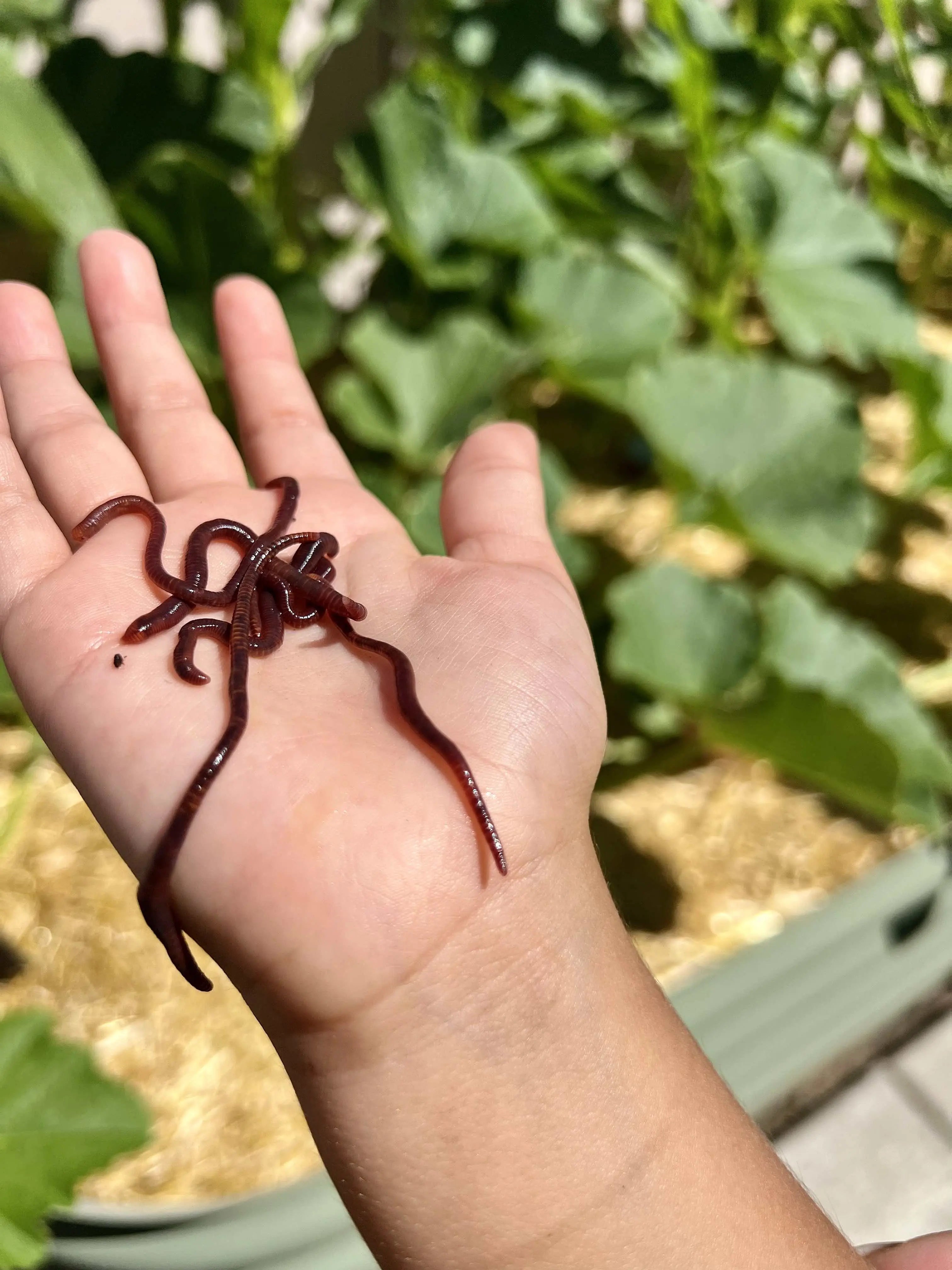Red Wiggler Worms - Boost Your Dirt Health And Wellness Naturally
Making The Most Of the Benefits of Red Wiggler Worms: A Comprehensive Guidebook for Home Gardeners and Urban Farmers
In the realm of lasting horticulture methods, red wiggler worms stand as unrecognized heroes, silently changing organic waste into nutrient-rich castings that can work marvels for dirt wellness. By exploring the ins and outs of how to properly care for and make the most of the benefits of red wiggler worms, people can unlock a wealth of possibilities for boosting the sustainability and performance of their gardening undertakings.
Comprehending Red Wiggler Worms
Red Wiggler worms, renowned for their efficient composting capacities, are a types of earthworms widely made use of in vermiculture methods. These worms, scientifically understood as Eisenia fetida, prosper in decomposing natural material, making them excellent candidates for composting.
One secret feature of Red Wiggler worms is their reproductive price. These hermaphroditic creatures possess both female and male reproductive organs, allowing them to replicate quickly under desirable conditions. A mature Red Wiggler can generate multiple offspring in a short period, guaranteeing a stable populace within a composting system.

Establishing a Worm Container
When establishing a worm bin for vermiculture objectives, proper preparation and attention to information are essential for developing a helpful atmosphere for Red Wiggler worms. Begin by choosing an ideal container for your worm bin. This can be a plastic or wood container with a cover to maintain wetness levels and secure the worms from light. Ensure that the bin has drain openings at the base to stop waterlogging.

Area the worm bin in a cool, dark area far from direct sunshine and extreme temperature levels. Routinely check the wetness levels, including water if the bed linen really feels flaky or completely dry. Feed the worms a balanced diet of vegetables and fruit scraps, staying clear of citrus fruits, onions, and spicy foods. By following these actions, you can establish a thriving worm container that will efficiently refine organic waste right into nutrient-rich vermicompost for your garden.
Feeding and Preserving Worms
Making sure a nourishing and well balanced diet regimen is vital for the health and wellness and efficiency of Red Wiggler worms in a vermiculture system. Red Wigglers are ravenous eaters, efficient in consuming their very own body weight in natural issue daily. To maintain a flourishing worm population, it is essential to supply them with a range of food scraps such as fruit and vegetable peels, coffee grounds, tea bags, and smashed eggshells. However, it is vital to stay clear of feeding them citrus fruits, onions, garlic, milk items, Homepage meat, and oily foods as these can be harmful to the worms or trigger unpleasant smells in the bin.
Correct moisture degrees are likewise essential for the well-being of Red Wiggler worms. By carefully monitoring their diet regimen, dampness, and ecological conditions, home gardeners and city farmers can maintain a healthy and balanced and effective Red Wiggler worm population for composting objectives.
Gathering Worm Castings
To effectively remove nutrient-rich worm castings from the vermicompost, a systematic harvesting process is crucial for optimizing the composting benefits. The first action in gathering worm castings is to encourage the worms to migrate to one side of the container.
After the spreadings have been gathered, it is vital to separate any type of continuing to be worms from the castings to avoid harming them throughout storage or application. One reliable technique is to produce cone-shaped heaps of spreadings under bright light. Worms will intuitively relocate far from the light, permitting very easy separation and removal.
Lastly, the gathered worm spreadings need to be stored in a cool, dark, and completely dry place to maintain their quality and performance as a nutrient-rich soil change. By complying with these actions, home gardeners and urban farmers can make the official site most of the benefits of red wiggler worms in their vermicomposting systems.
Using Worm Castings in Gardening
The unification of nutrient-rich worm castings into garden dirt can dramatically improve plant development and general soil health and wellness. Worm castings, also called vermicast, are an all-natural fertilizer produced by red wiggler worms as they damage down raw material. These spreadings are rich in essential nutrients like nitrogen, phosphorus, potassium, and valuable microbes that advertise plant development and improve soil structure.
When using worm castings in horticulture, it is necessary to mix them extensively into the dirt or utilize them as a top dressing around plants. The slow-release nature of worm spreadings makes sure a stable supply of nutrients to plants over time, decreasing the risk of nutrient leaching and advertising lasting soil fertility. Additionally, worm castings help enhance soil oygenation, water article retention, and microbial task, producing a healthy and balanced setting for plant origins to flourish.

Final Thought
In verdict, the use of red wiggler worms in home horticulture and city farming can substantially profit dirt wellness and plant growth. By understanding just how to establish up and preserve a worm container, feed the worms effectively, and harvest their nutrient-rich castings, gardeners can maximize the benefits of these earthworms.
In the realm of sustainable horticulture techniques, red wiggler worms stand as unsung heroes, quietly changing natural waste right into nutrient-rich spreadings that can work wonders for soil health and wellness.When developing a worm container for vermiculture purposes, proper preparation and interest to information are vital for creating a conducive environment for Red Wiggler worms. The very first action in collecting worm spreadings is to urge the worms to migrate to one side of the container. Worm castings, likewise recognized as vermicast, are a natural plant food produced by red wiggler worms as they damage down organic issue. By understanding exactly how to establish up and keep a worm container, feed the worms properly, and harvest their nutrient-rich castings, garden enthusiasts can take full advantage of the advantages of these earthworms.